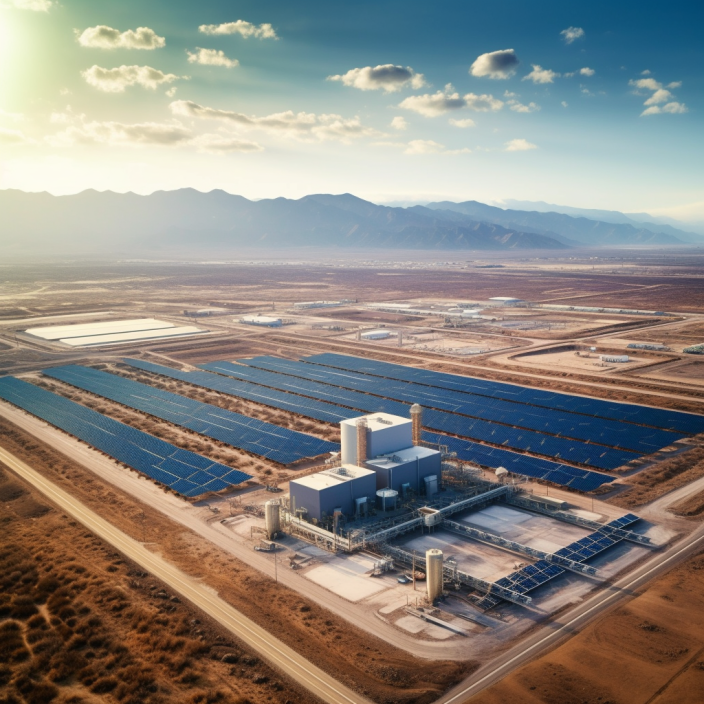
From Brownfields to Brightfields
Solar brownfields, long overlooked, are beginning to shine as opportunities for renewable energy development. But how is this transition from waste to wealth happening? What are the challenges, and more importantly, the benefits? In this blog post, we delve into a conversation with Corey Hindin of AC Power, a company at the forefront of transforming brownfields into productive solar energy farms.
AC Power views business development as a comprehensive process, beginning from selecting viable markets up to formalizing agreements with landowners to conduct due diligence for potential solar projects. A critical part of this process involves evaluating the solar potential of sites. These evaluations are made through preliminary screenings and financial models to assess whether a project is feasible and profitable.
These solar brownfield projects require a unique approach as each site presents its own challenges and opportunities. The creativity needed in structuring such projects is a crucial aspect of AC Power’s business model. This goes hand in hand with the hands-on approach of meeting and working with landowners, who often own previously disturbed sites. From family-owned landfills to major waste firms, these unique individuals bring their own narratives to the development process.
Brownfield development is not without its challenges, however. Comparing it to greenfield development, Hindin mentions the more significant downside risks associated with brownfields, especially given their regulation by state and federal entities like the EPA. When developing a landfill or a brownfield, particularly those capped with hazardous material, a crucial consideration is preserving the cap. This means designing a solar project that doesn't disturb the site, which often entails using ballasted racking and additional engineering.
The emergence of the Inflation Reduction Act (IRA) has catalyzed the shift towards solar brownfields by offering tax credits for such projects. The IRA has ushered in more competition, but AC Power's differentiation lies in their deep understanding of what is and isn't possible, effectively mitigating risks. This ability to communicate the nuances of brownfield development to landowners is essential, as they often receive interest from a myriad of parties without necessarily having the expertise to differentiate between them.
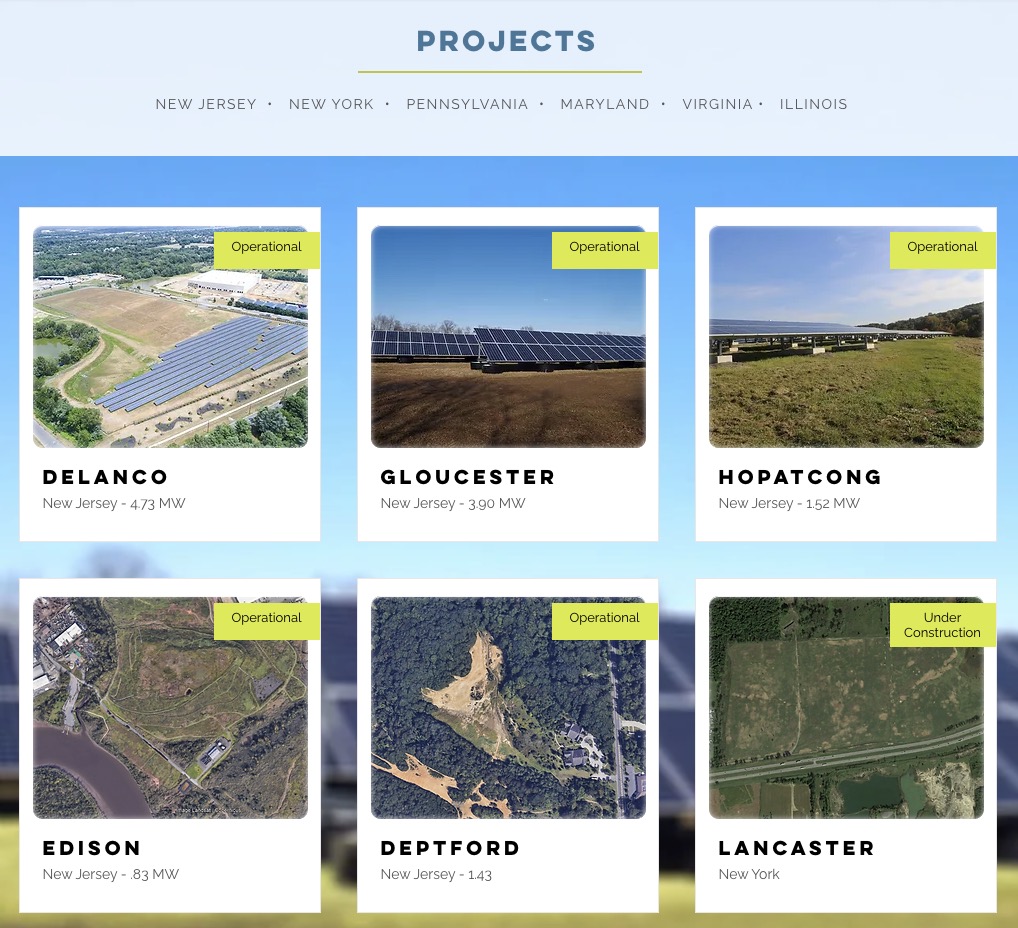
Hindin emphasized the need for experienced teams to tackle solar brownfields. He urges other companies looking to get into the space to approach these types of projects responsibly. The regulatory landscape, particularly environmental regulations, plays a significant role in shaping solar brownfield projects. For Hindin, the balance lies in adhering to strong state regulations, which then ensures investors’ comfort in backing the projects.
Looking ahead, AC Power aspires to hit 1.21 gigawatts of energy in the next few years, demonstrating its commitment to become the leader in the solar brownfields space. Solar brownfields not only offer potential for renewable energy but also provide opportunities for site remediation, transforming these disturbed sites into productive, renewable energy assets.
In conclusion, the development of solar brownfields presents a substantial opportunity for renewable energy generation. As this field continues to grow, companies like AC Power are leading the way in demonstrating how brownfield development can effectively contribute to a sustainable future.
More articles
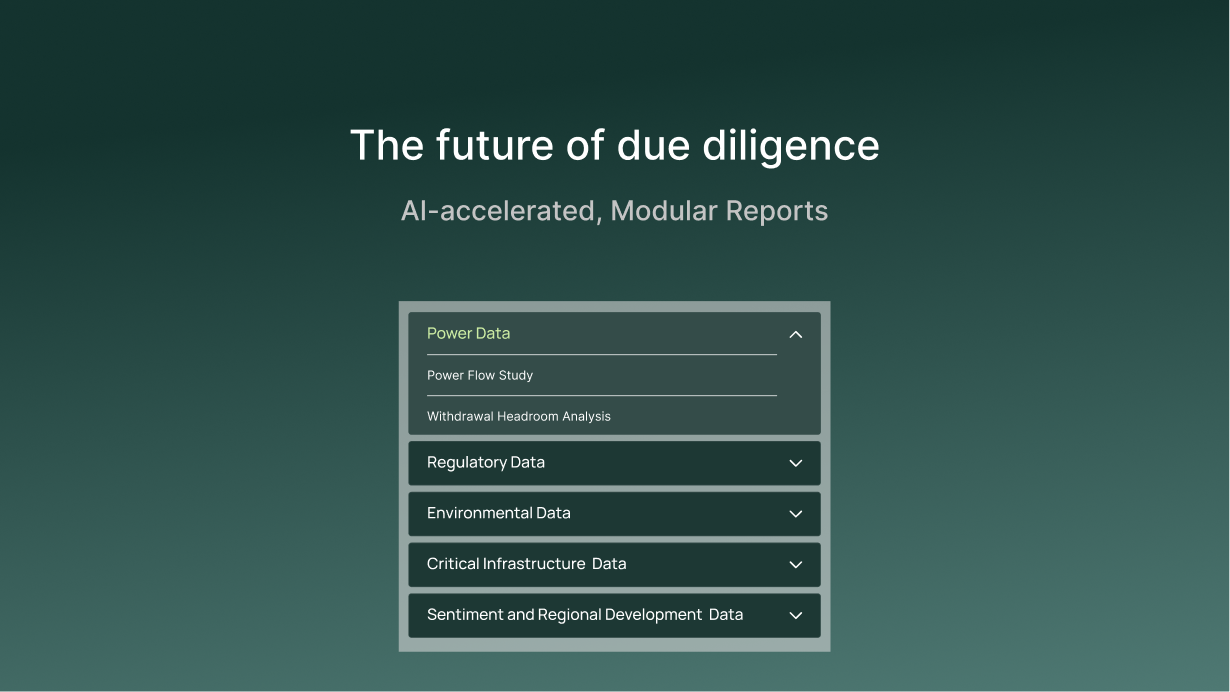
The future of due diligence: AI-accelerated, Modular Reports

The future of due diligence: AI-accelerated, Modular Reports



Faster development starts with better intelligence: Inside Paces Automated Reports

Faster development starts with better intelligence: Inside Paces Automated Reports



Beyond the headlines: What DOE's FERC directive really means for your project

Beyond the headlines: What DOE's FERC directive really means for your project



The One-Person, Billion-Dollar Power Development Company

The One-Person, Billion-Dollar Power Development Company


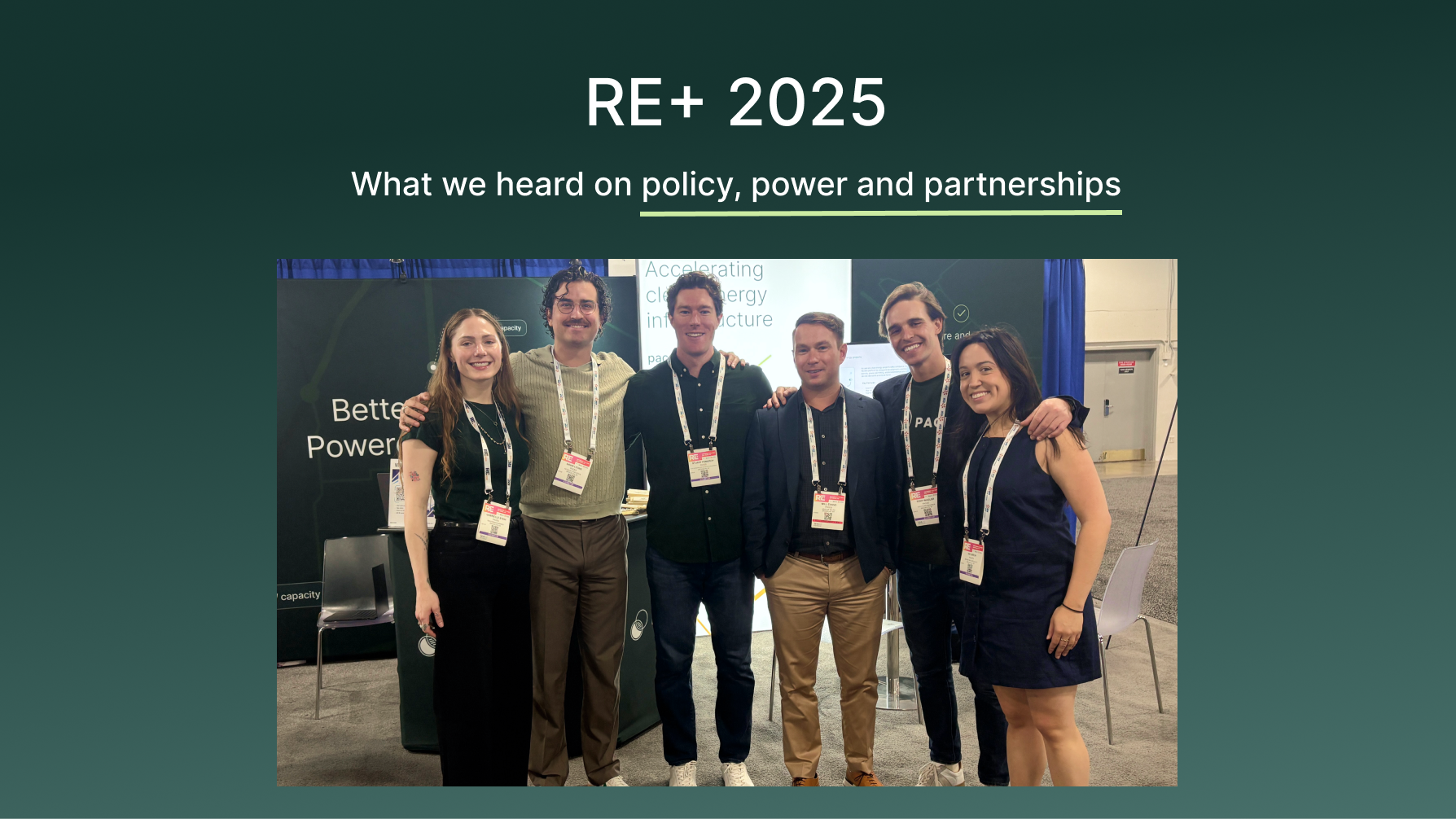
RE+ 2025: What we heard on policy, power, and partnerships

RE+ 2025: What we heard on policy, power, and partnerships



Do Not Wait and See: A 30-Month Sprint Playbook after OBBBA

Do Not Wait and See: A 30-Month Sprint Playbook after OBBBA


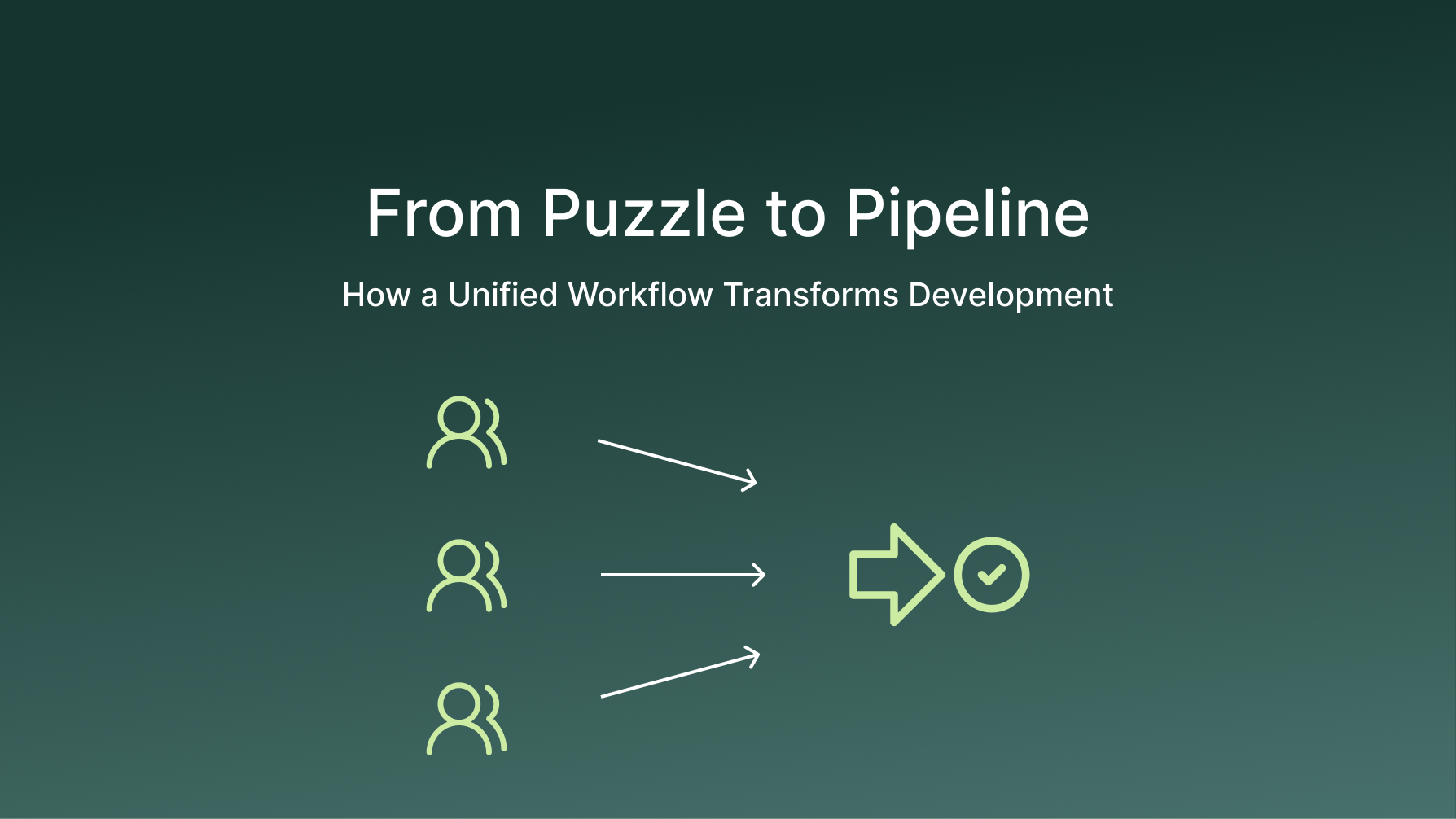
From puzzle to pipeline: how a unified workflow transforms development

From puzzle to pipeline: how a unified workflow transforms development


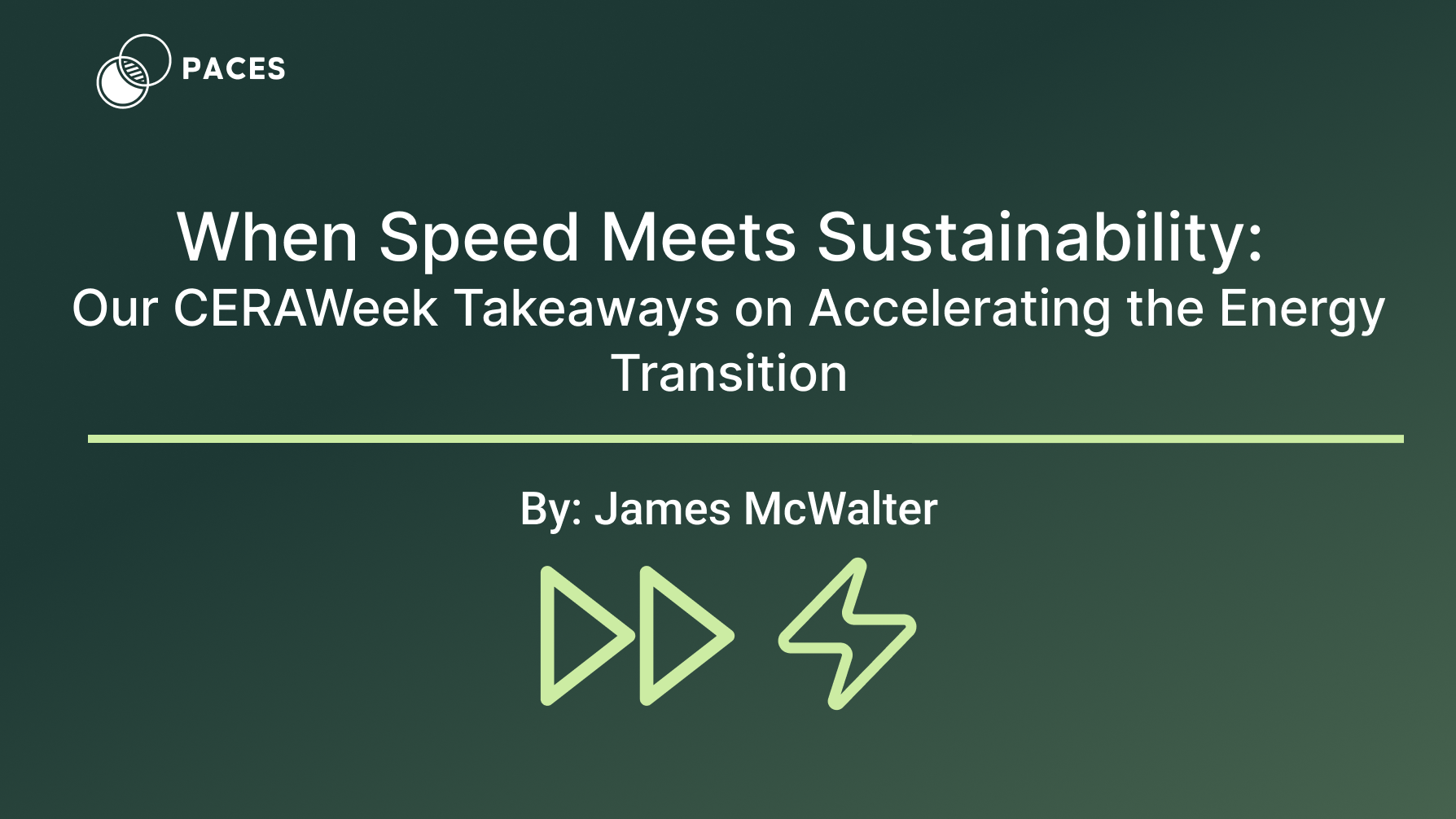
When Speed Meets Sustainability: Our CERAWeek Takeaways on Accelerating the Energy Transition

When Speed Meets Sustainability: Our CERAWeek Takeaways on Accelerating the Energy Transition



Introducing the Accelerated Development Framework

Introducing the Accelerated Development Framework



A Look Back and the Road Ahead for 2025

A Look Back and the Road Ahead for 2025



The Critical Role of Clean Energy in the AI Revolution

The Critical Role of Clean Energy in the AI Revolution


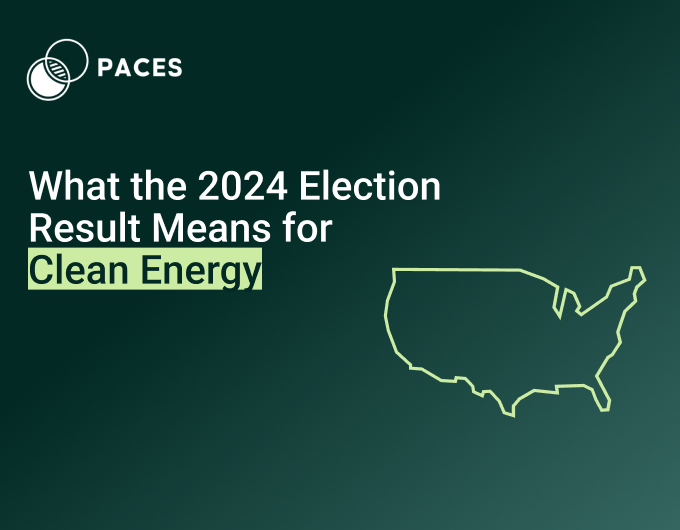
Paces's Take: What the 2024 Election Result Means for Clean Energy

Paces's Take: What the 2024 Election Result Means for Clean Energy


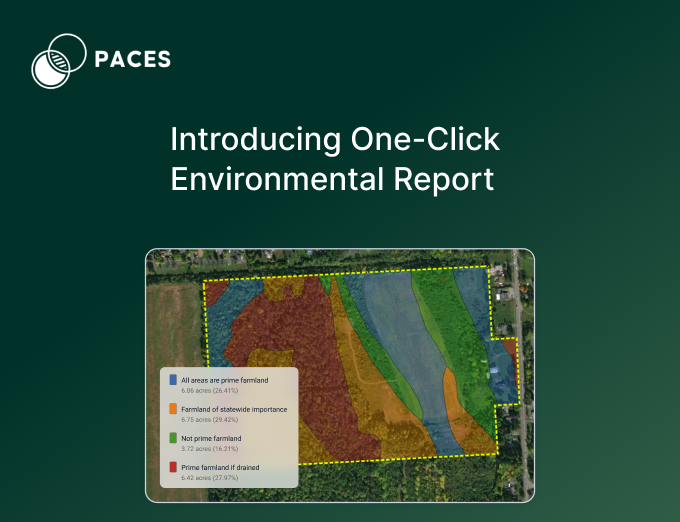
Why We Built the Environmental Reports: Saving Time, Reducing Effort, and Empowering Teams

Why We Built the Environmental Reports: Saving Time, Reducing Effort, and Empowering Teams



Solar Energy Adoption in NY vs. PA

Solar Energy Adoption in NY vs. PA



Siting the Needle in a Haystack: Solar Permitting in Glenn County, CA

Siting the Needle in a Haystack: Solar Permitting in Glenn County, CA


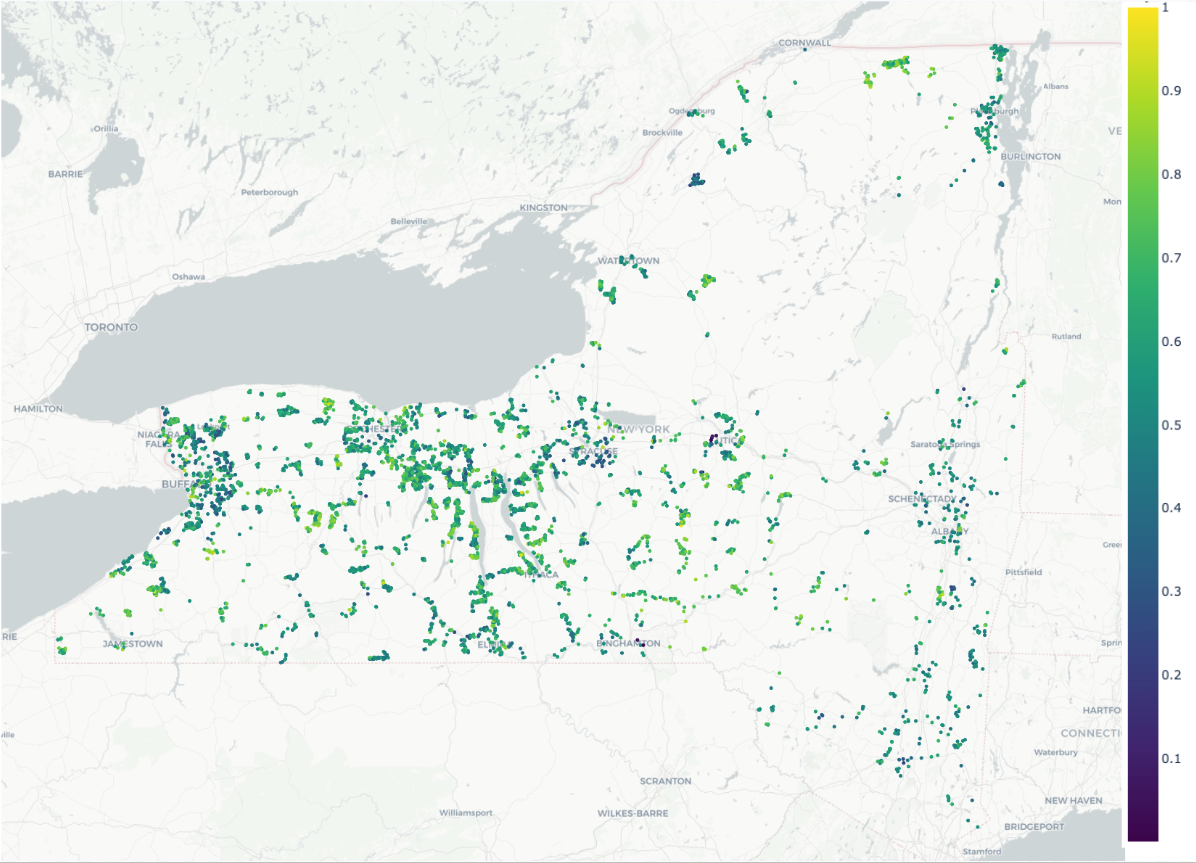
10 GW by 2030: Sizing the New York Community Solar Market from the Local Ordinance Up

10 GW by 2030: Sizing the New York Community Solar Market from the Local Ordinance Up



Quantifying Solar Permitting Risk with Large Language Models

Quantifying Solar Permitting Risk with Large Language Models



From Brownfields to Brightfields

From Brownfields to Brightfields



From Sheep Farms to Solar Farms

From Sheep Farms to Solar Farms


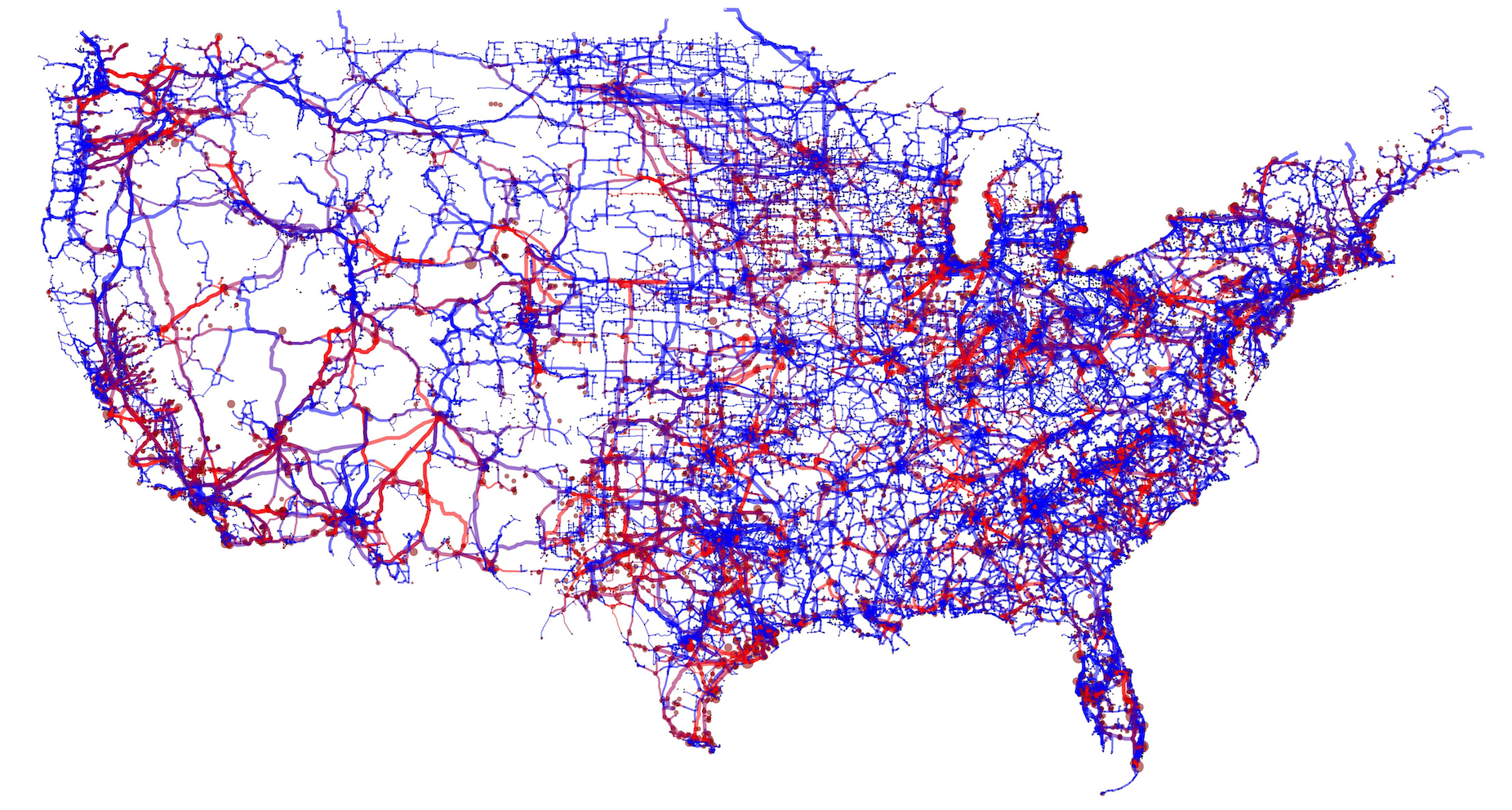
Evolution at the Edge: Renewables and the Spatial Configuration of the Grid

Evolution at the Edge: Renewables and the Spatial Configuration of the Grid



Renewable Development Blockers

Renewable Development Blockers



Cofounder Charles Bai is a Forbes 30 Under 30!

Cofounder Charles Bai is a Forbes 30 Under 30!


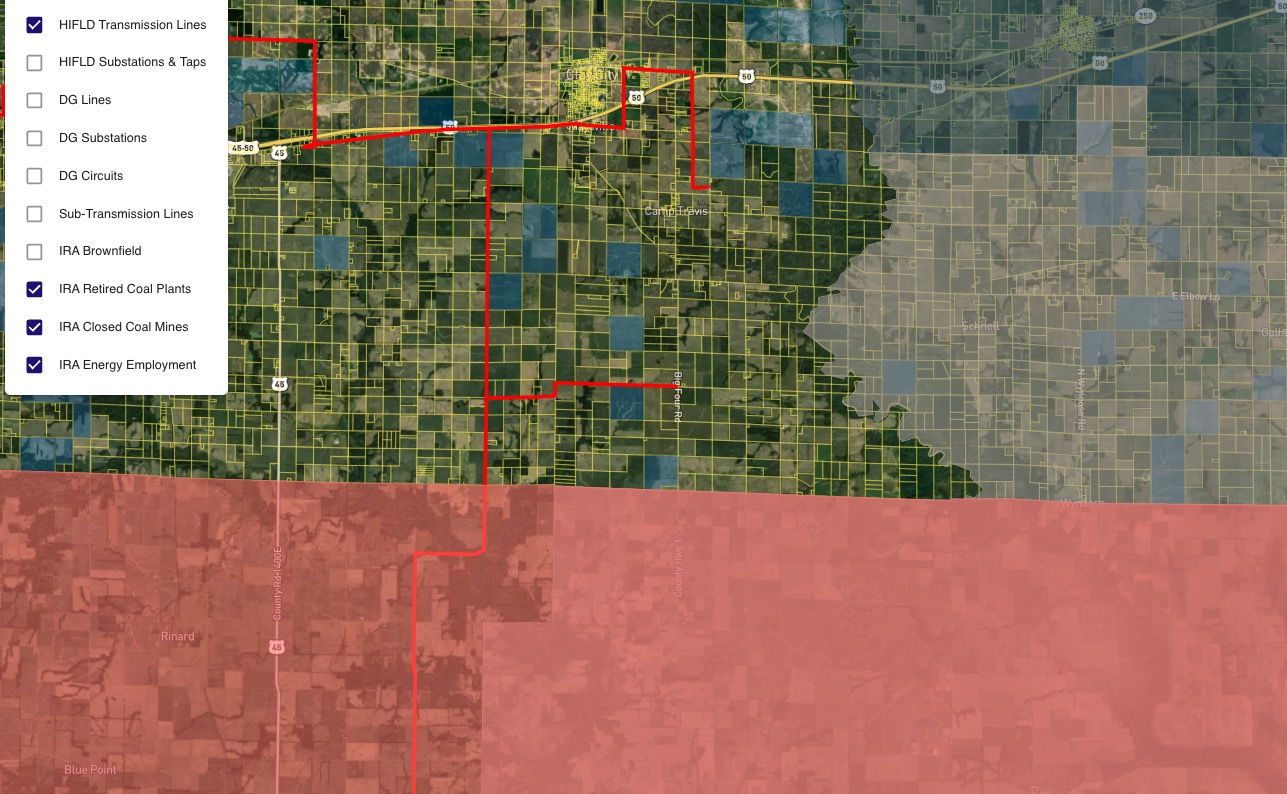
Inflation Reduction Act: Energy Community

Inflation Reduction Act: Energy Community


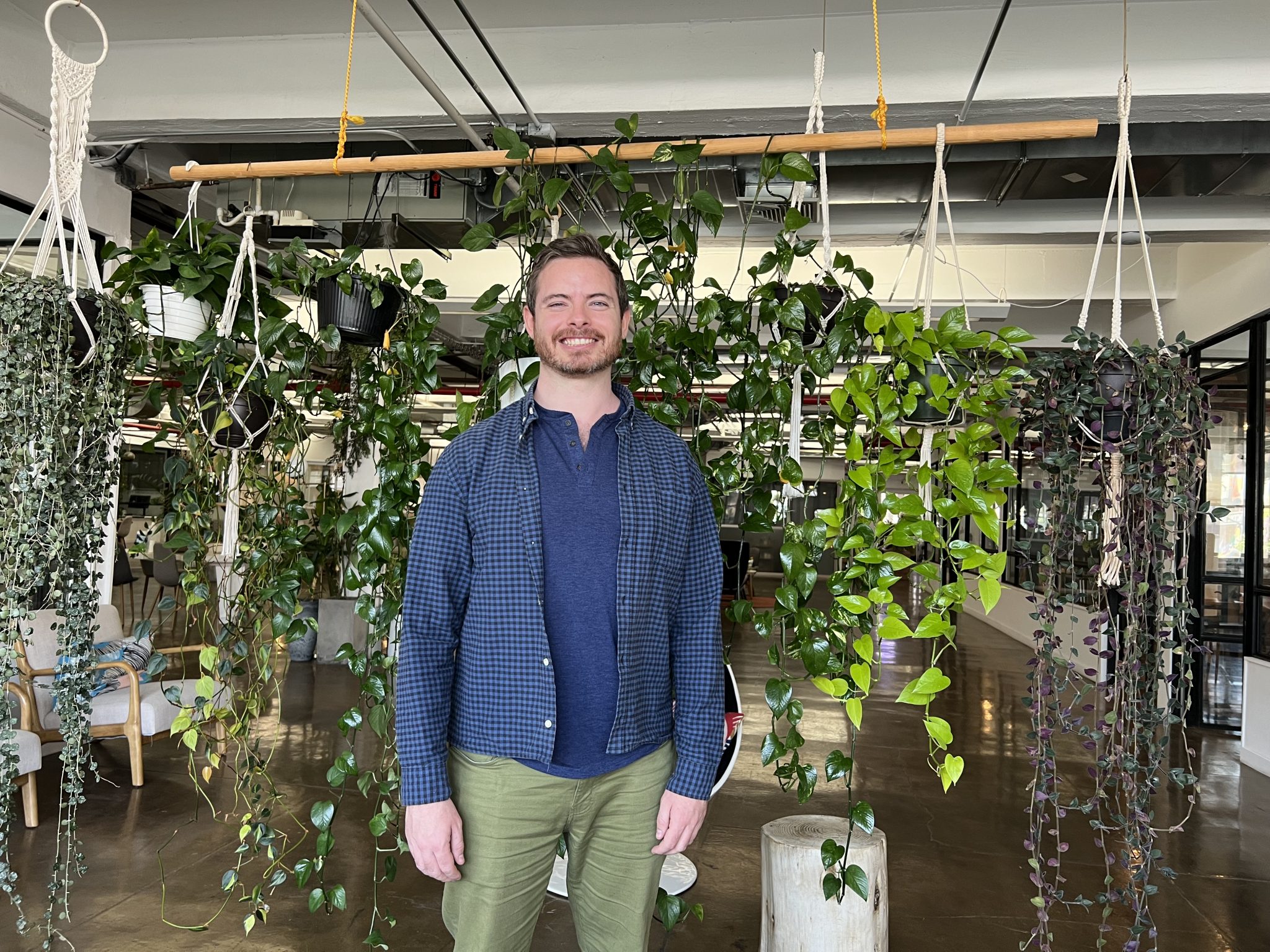
Paces Featured on Founder to Founder!

Paces Featured on Founder to Founder!



Paces @ TechCrunch Climate 2022

Paces @ TechCrunch Climate 2022



Paces Joins Y Combinator Summer Batch 2022

Paces Joins Y Combinator Summer Batch 2022



Paces Featured in Forbes!

Paces Featured in Forbes!



Paces Launch Podcast

Paces Launch Podcast


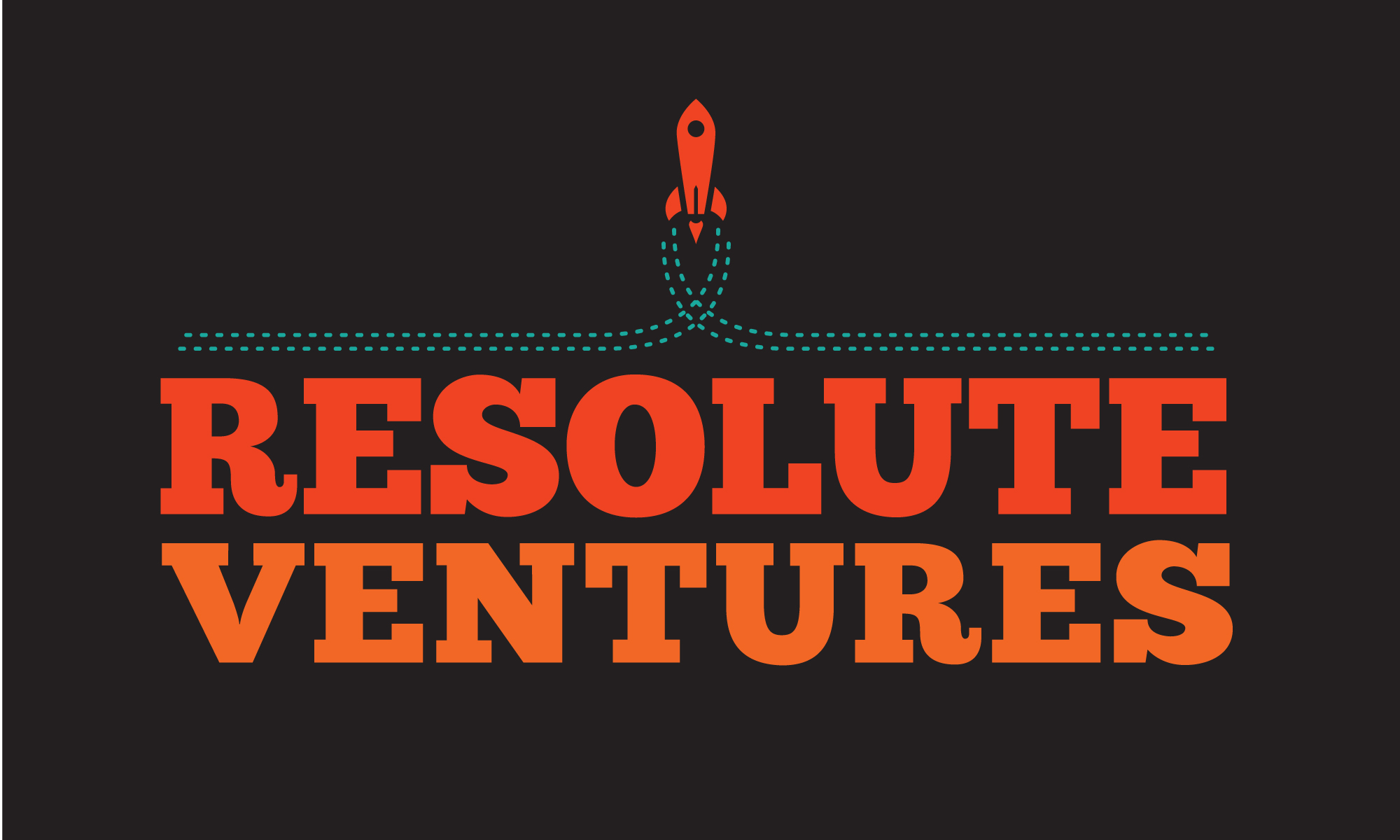
Green Infrastructure Data Platform Paces raises $1.9M Pre-Seed led by Resolute Ventures

Green Infrastructure Data Platform Paces raises $1.9M Pre-Seed led by Resolute Ventures


Sign up for emails
Find the right sites faster, assess feasibility with world class data, and track progress across your entire project pipeline with software built to compress your workflow.

